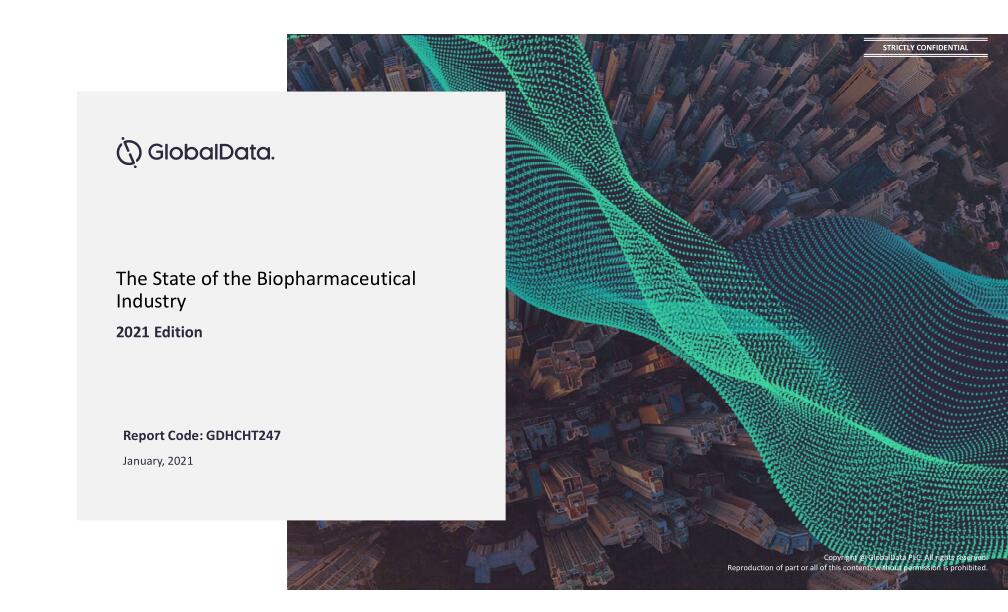
Net zero emission targets have never been more relevant to society. This year alone, there have been 24 extreme weather events in the US that have cost at least $1bn, as per the US National Oceanic and Atmospheric Administration (NOAA). But at the same time, countries like the UK are walking back on measures announced to meet net zero targets.
The Climate Group highlights that global emissions must be halved in the next decade to cap global warming at 1.5˚C, to avoid the disastrous effects of climate change. In order to track their impact on the environment, companies measure and categorise carbon emissions associated with their activities as Scope 1, Scope 2, and Scope 3.
In recent years, several pharma companies have focused on initiatives to reduce Scope 1 and Scope 2 emissions. However, Scope 3, which make up the majority of all emissions from businesses, remain hard to target. Merck KGaA, for example, reported Scope 3 emissions of 6.6 million metric tons of CO2eq, 79.9% of their total emissions, in 2022.
Addressing these is not only an environmental imperative but also a strategic necessity as the focus on environmental, social and governance (ESG) targets continues to rise.
AstraZeneca has announced plans to adopt several Climate Group initiatives, including one to use 100% renewable energy and heat.
How well do you really know your competitors?
Access the most comprehensive Company Profiles on the market, powered by GlobalData. Save hours of research. Gain competitive edge.

Thank you!
Your download email will arrive shortly
Not ready to buy yet? Download a free sample
We are confident about the unique quality of our Company Profiles. However, we want you to make the most beneficial decision for your business, so we offer a free sample that you can download by submitting the below form
By GlobalDataGSK has also made a commitment to become completely net zero by 2045. However, this is a challenging task, as GSK has disclosed that approximately 92% of its footprint lies in Scope 3. The company is initiating an R&D programme to find an alternative, greener propellant for their rescue inhalers, with 55% of GSK’s total climate impact coming from patient use. If successful, the project could reduce the environmental impact of rescue inhalers by 90%.
Jeffrey Whitford, vice president of sustainability, social business innovation, at the Life Science business of Merck KGaA, highlights the importance of tackling Scope 3 emissions. “A lot of people are talking Scope 1 and Scope 2, and we need people to work on it, but for most companies, you’re talking at least 75% to 95% of their footprint sits in Scope 3,” he says.
An international collaboration around standards
A big challenge in reducing Scope 3 emissions is that suppliers are often in different countries with different regulations. “One of the problems is that the UK, the US, and other developed countries are pressing ahead and trying to make their electricity and energy grids as clean as possible,” says Graham Cookson, chief executive at the UK Office of Health Economics. But he says a lot of active pharmaceutical ingredients (APIs) are produced in developing countries like India and China. Those governments need to press ahead with reforms that “green their grid” because, otherwise it’s outside the direct talk of the UK government, he adds.
However, pressing ahead may not be on the UK’s agenda either. On 4 October, UK Prime minister Rishi Sunak announced at the 2023 Conservative Party Conference that he plans to delay the ban on the sale of new petrol and diesel cars, pushing back net zero goals to 2035, in a major U-turn, that invited criticism from climate scientists and environmental experts.
Still, given the mounting pressure by stakeholders for pharmaceutical companies to address their Scope 3 emissions, with consumers, investors, and regulators demanding transparency and responsible environmental practices, companies have had to change some practices.
Whitford says meeting environmental targets has pushed the company to innovate. “One of those ways is to change things like the raw material where the solvents are coming from. Instead of using fossil fuel-based materials, can we use a bio-based material?” he says. Solvents make up 11% of Merck KGaA’s purchased goods and services emissions.
The company is looking at bio-based acetone, and is working with a supplier that utilises the waste material from a whiskey manufacturing process in Scotland, which becomes the raw material to create the biobased acetone, butanol, and ethanol. “In this case, something that was previously waste, is now producing a product that’s more valuable, which reduces the CO2 footprint by 60%” says Whitford. The company has pledged to reduce its Scope 3 emissions by 52% by 2030.
Don’t miss our coverage of COP28! Subscribe here for exclusive insights & analysis.Reducing Scope 3 emissions is a shared responsibility
While Scope 1 emissions originate from sources directly controlled by the company, Scope 2 are indirect emissions resulting from the generation of purchased or acquired electricity, heat, or steam. Scope 3 emissions encompass the raw material production, distribution, product use, and end-of-life disposal, making them a complex part of the industry’s carbon footprint.
The transportation and distribution of products and materials can be a significant source of emissions. Large logistics providers like DHL and FedEx have talked about things like vehicle electrification to reduce carbon emissions in the supply chain, particularly in the context of addressing demand from customers wanting to meet their sustainability objectives.
A FedEx spokesperson explains that there has to be a balance between reducing waste but maintaining product integrity: “The FedEx Packaging Lab engineers are always working with our customers, including those in the healthcare space, on ways to right-size and reduce waste from packaging. We also need to make sure any packaging can maintain its integrity during the shipping process to help avoid damage or the need to send a replacement, which can be costly from both an environmental and financial perspective.”
Whitford highlights the importance of taking a shared responsibility with the supply chain. “We also have to have a realisation that supply chains are going to be responsible for a lot, but they can’t be responsible for everything.”
“There’s still going to be a footprint and I think that’s a realisation that we’re all going to have to have is that we can’t just go and demand this from our supply chains” says Whitford.
The future of Scope 3 emissions
In order to achieve the net zero goals, pharmaceutical companies are going to need to overcome the challenge of reducing their complex Scope 3 emissions.
Cookson gave some insight into how companies might do this. “Ultimately, what we may see is over time [companies] switching to different innovations in terms of product portfolios, that they’re becoming less reliant on APIs that may be more environmentally damaging, for example.”
“Another way is to reduce the volume of product you need. Focusing within health systems on reducing waste improving circularity, can you extend shelf life, those types of things will indirectly then reduce Scope 3 emissions,” says Cookson.
It is evident that there are many obstacles and challenges when it comes to reducing Scope 3 emissions, but the main message is clear; the time to work together is now.
“Unless we are now moving, instead of talking about this in high level, terminology and platitudes. We’ve got to get to action,” Whitford adds.




